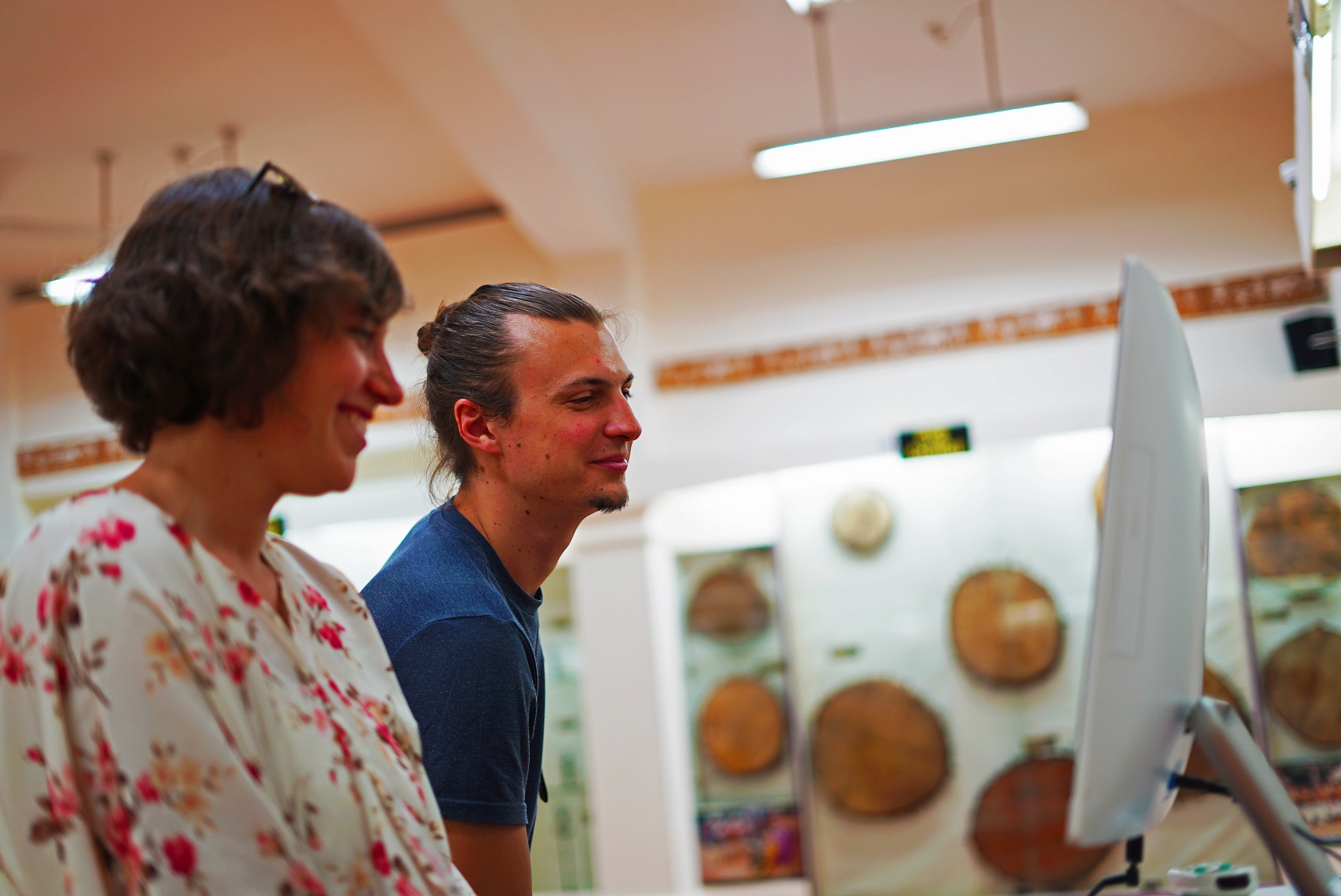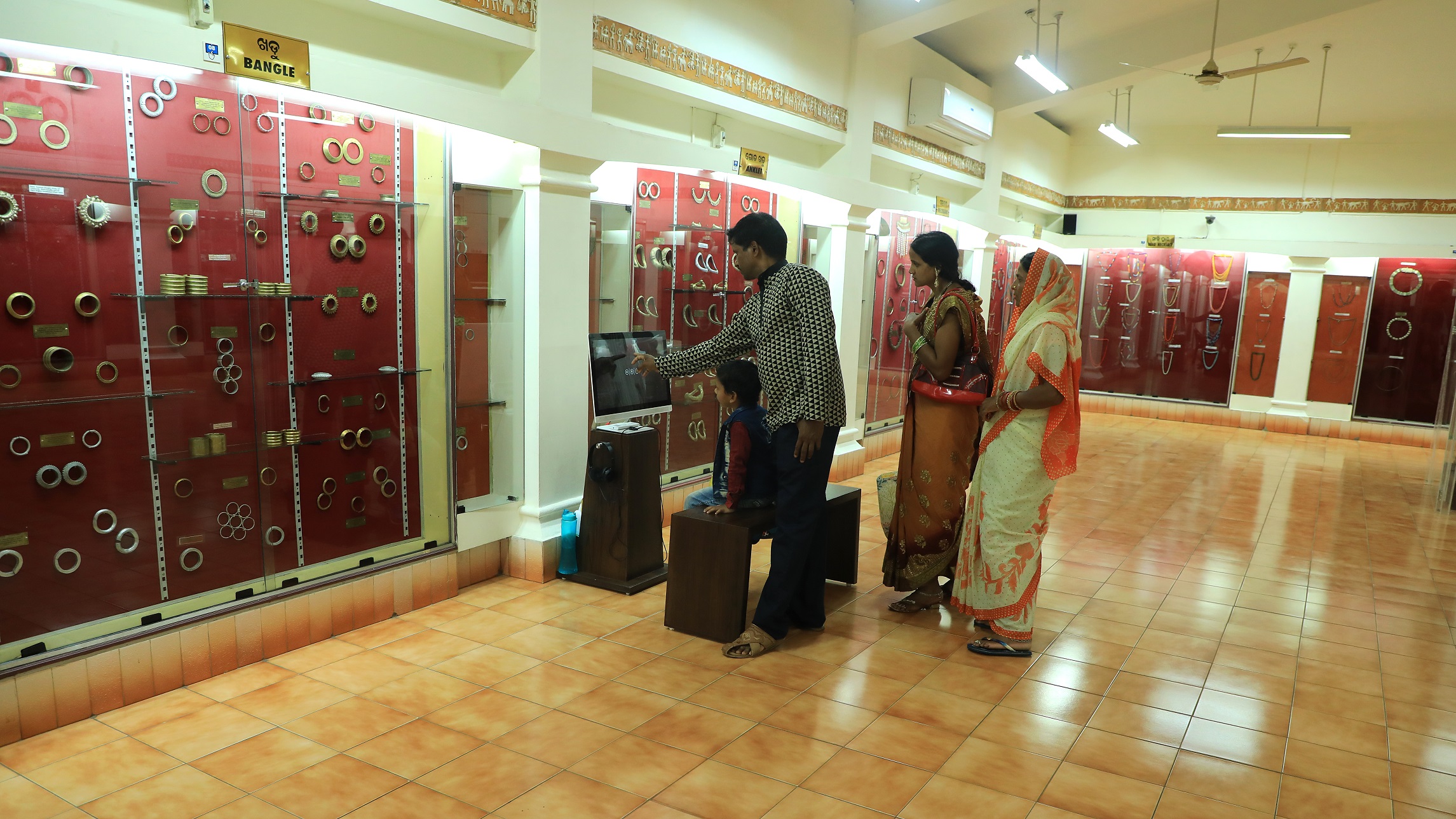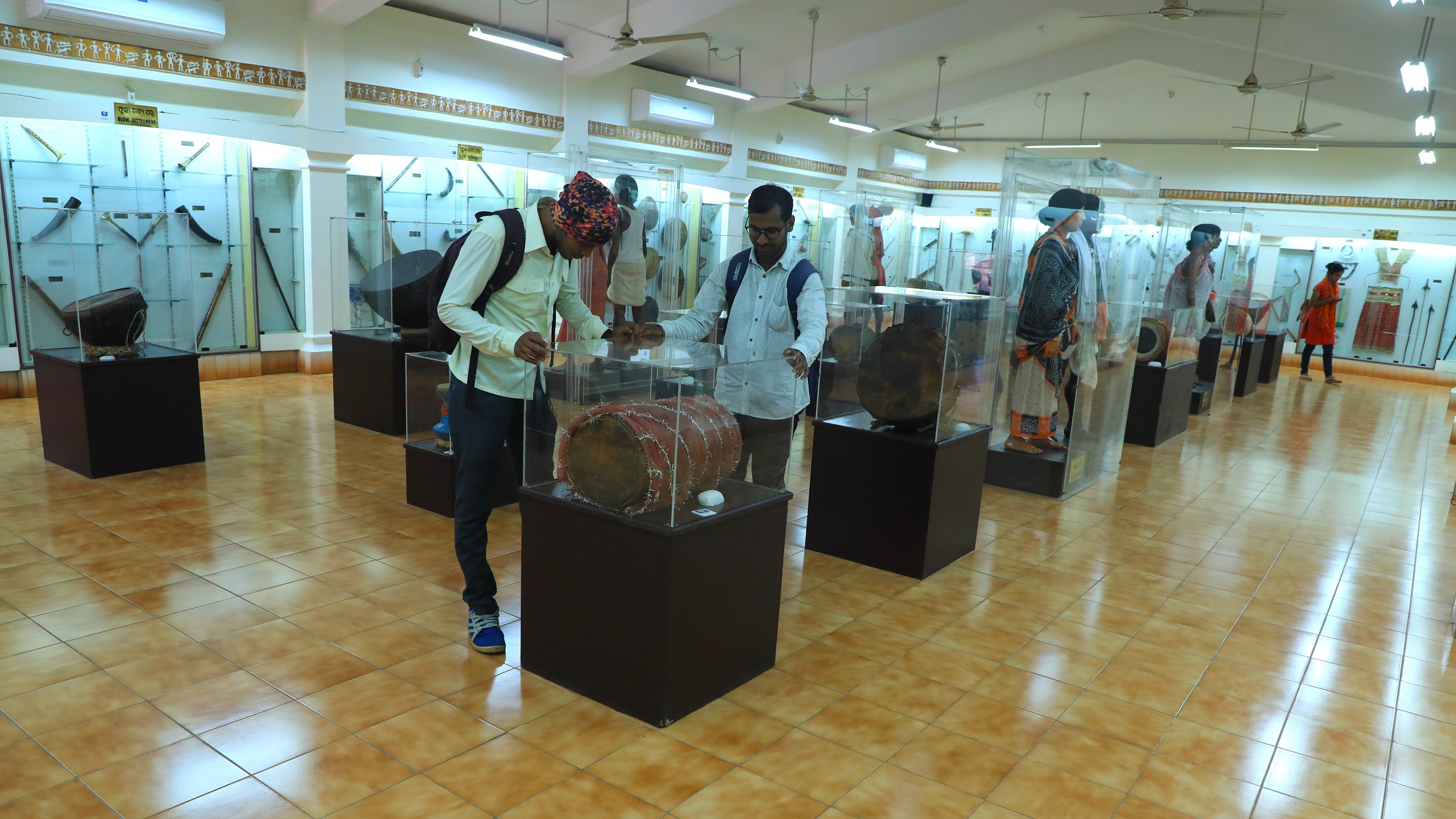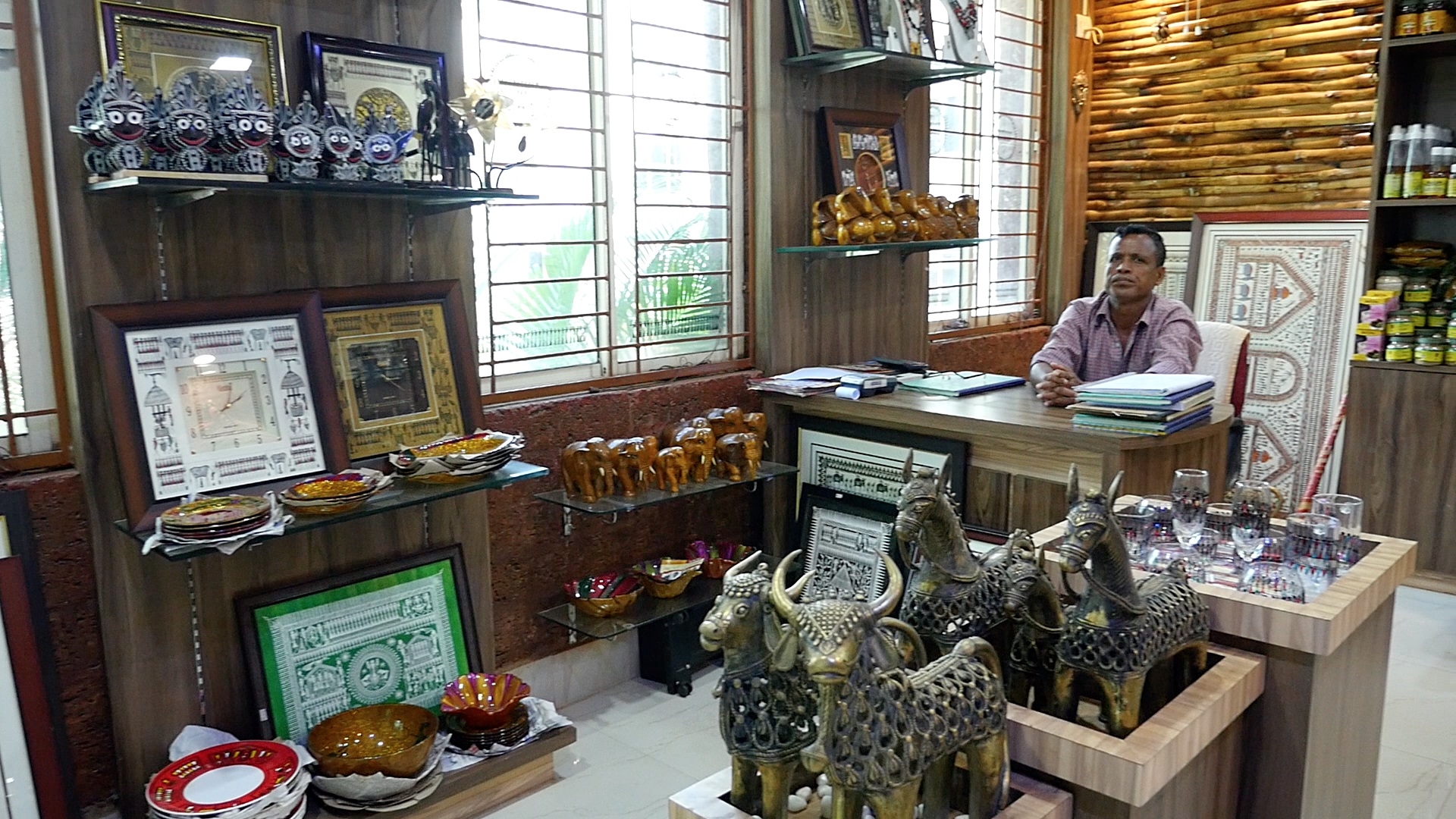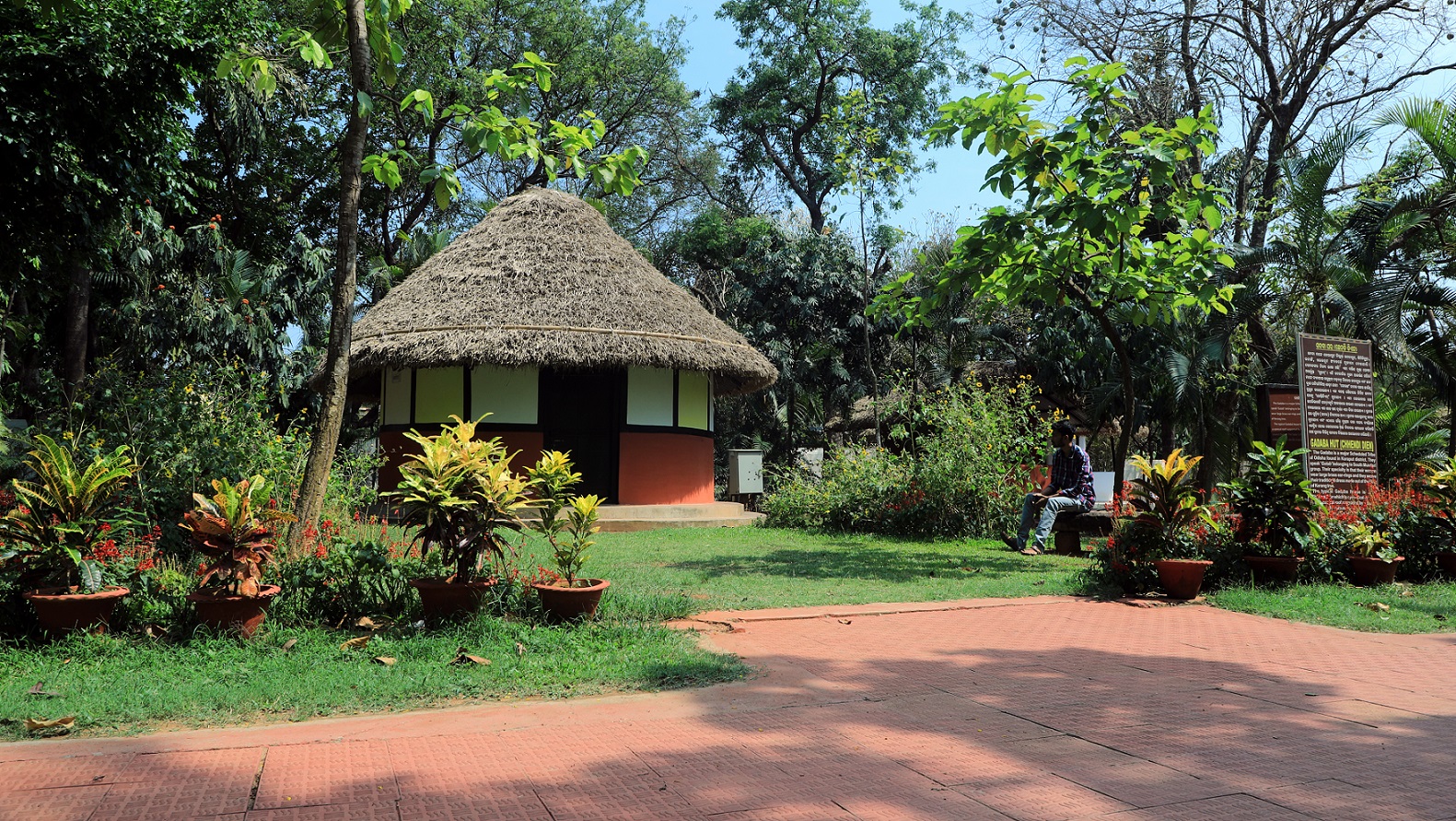Near CRPF Square, Nayapalli, Unit VIII
Established in 1953, the Museum of Tribal Art and Artefacts (now known as Odisha State Tribal Museum) celebrates the life and culture of Odisha’s 62 tribal communities and is regarded as one of the best Tribal Museum in India.
Located in Bhubaneswar, it is popularly called the Tribal Museum. The museum has been conceptualized as a “Museum of Man”, and initially the museum’s artefacts were displayed in a single hall. In 1986, five tribal huts were constructed on the premises of the Schedule Castes & Schedule Tribes Research and Training Institute (SCSTRTI), and several of the artefacts collected by the museum were displayed within them.
On 5th March 2001, the Museum building was inaugurated within the lush green campus of the SCSTRTI making it an integral part of the institute. Showcasing the rich cultural past and present of Odisha’s tribes, the Odisha State Tribal Museum is a living museum.
A hub of anthropological knowledge for visitors and research scholars, the Museum’s primary role is to represent the richness of indigenous tribal cultures, and the multifaceted religious, cultural and social systems followed by tribal communities. As a wing of the SCSTRTI, Government of Odisha, the museum organizes several training programs, workshops and seminars for the conservation of tribal culture and the development of tribal communities.
Over the years, in addition to five galleries showcasing different tribal arts and crafts, the Museum complex has grown to encompass a new building with an exhibition gallery called PTG World. This gallery showcases the livelihood and cultural beliefs of Odisha’s 13 Particularly Vulnerable Tribal Communities.
The Tribal Shrine Crafts arena has also been developed, along with Auditorium facilities for screening of films on tribal life and culture and an herbal garden. More recently, the Museum has initiated several annual festivals and crafts demonstration programs where tribal communities can be seen celebrating their traditions and way of life.
Library is not open for visitors, but visitors can buy publications from the museum if they wish. IT Services are also not available for visitors.
Each gallery of the museums has a guide, who has a background in Anthropology and is also an employee of the museum and is present at all times to guide the visitors. Additionally, visitors can issue Tablets from the recpetion and enjoy Audio Visual Tour as they go around the galleries.
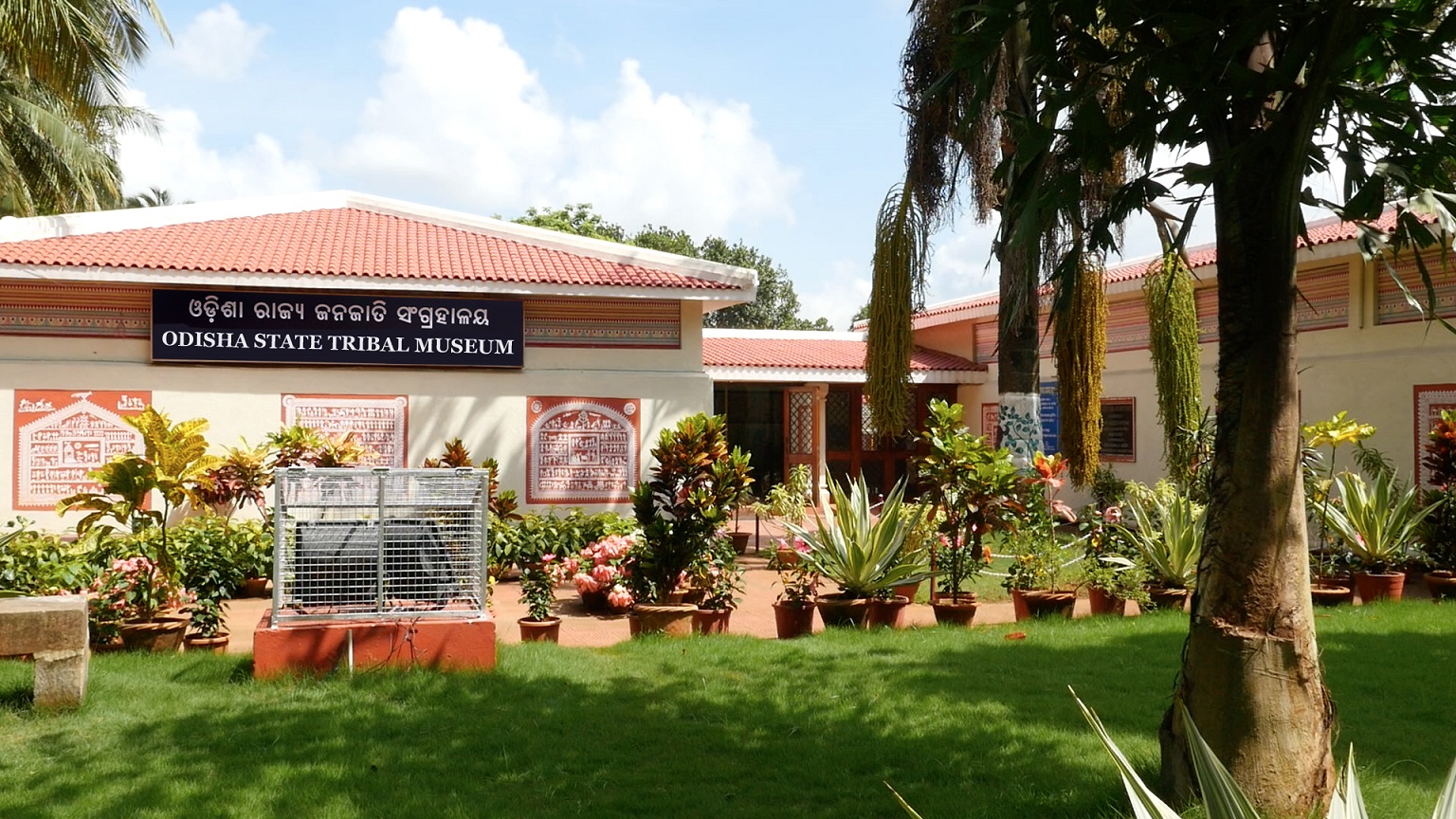
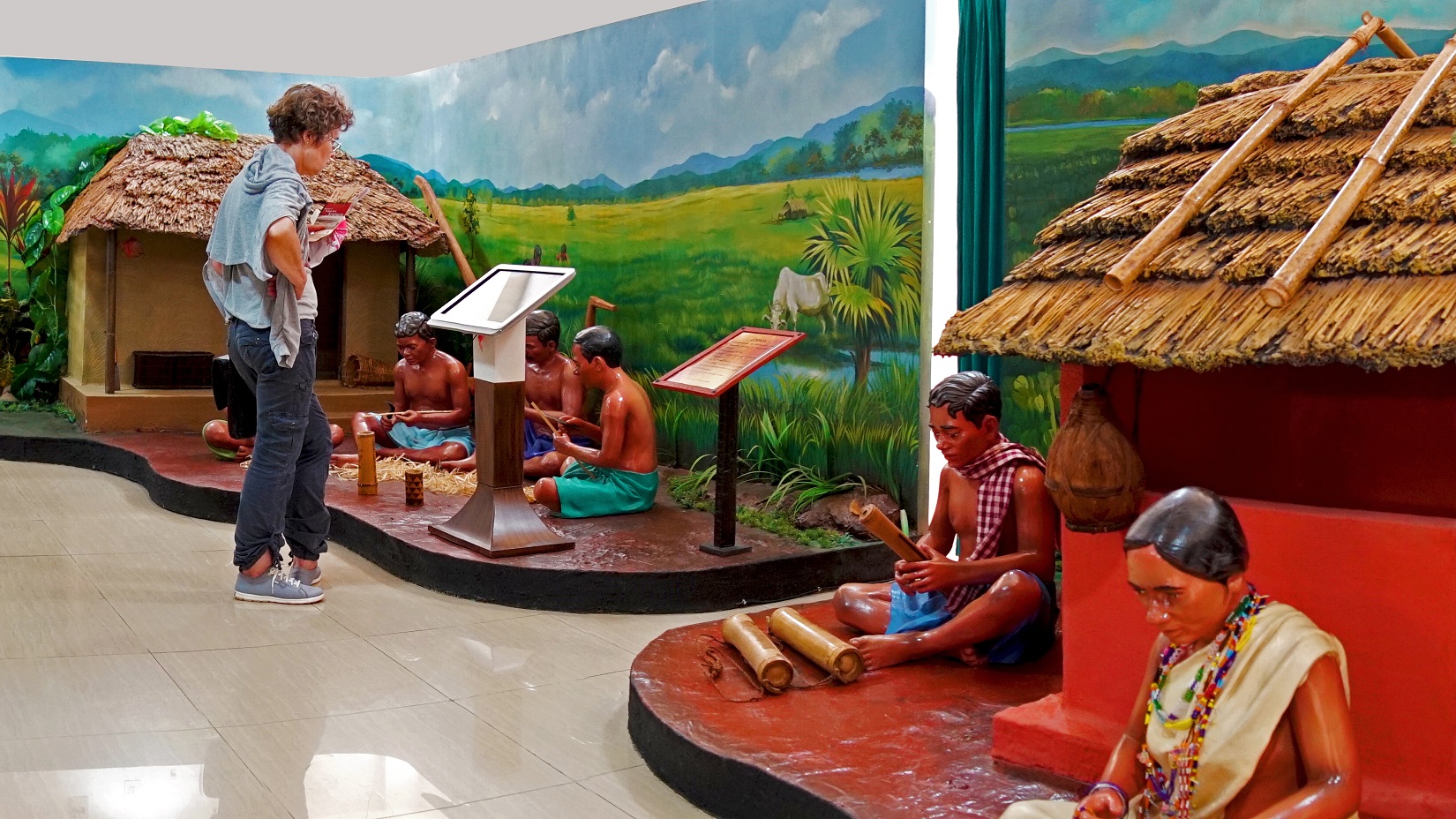
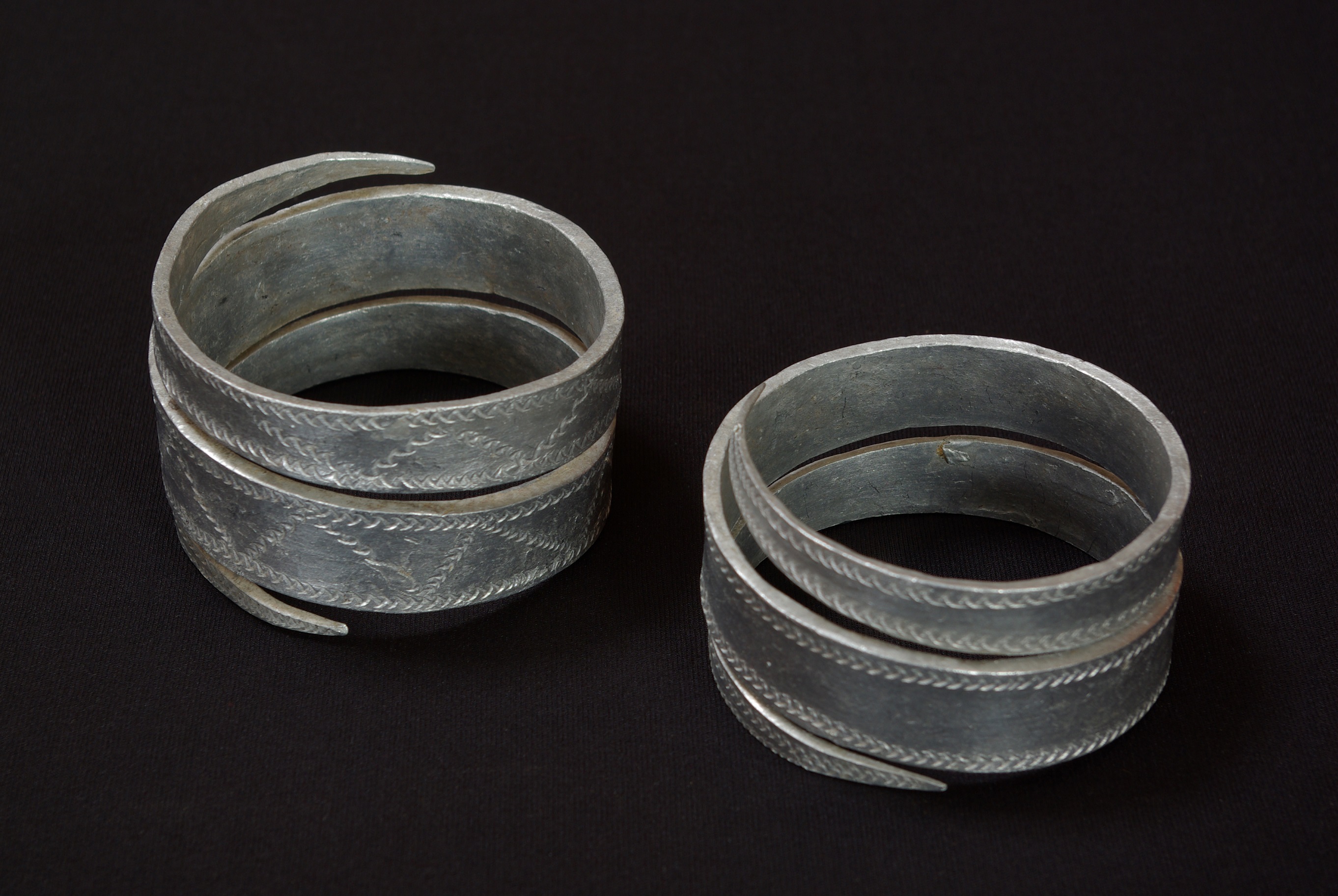
Beaten aluminium formed into a spiral to serve as an armlet worn by Bonda men. This particular example is etched with geometric motifs.
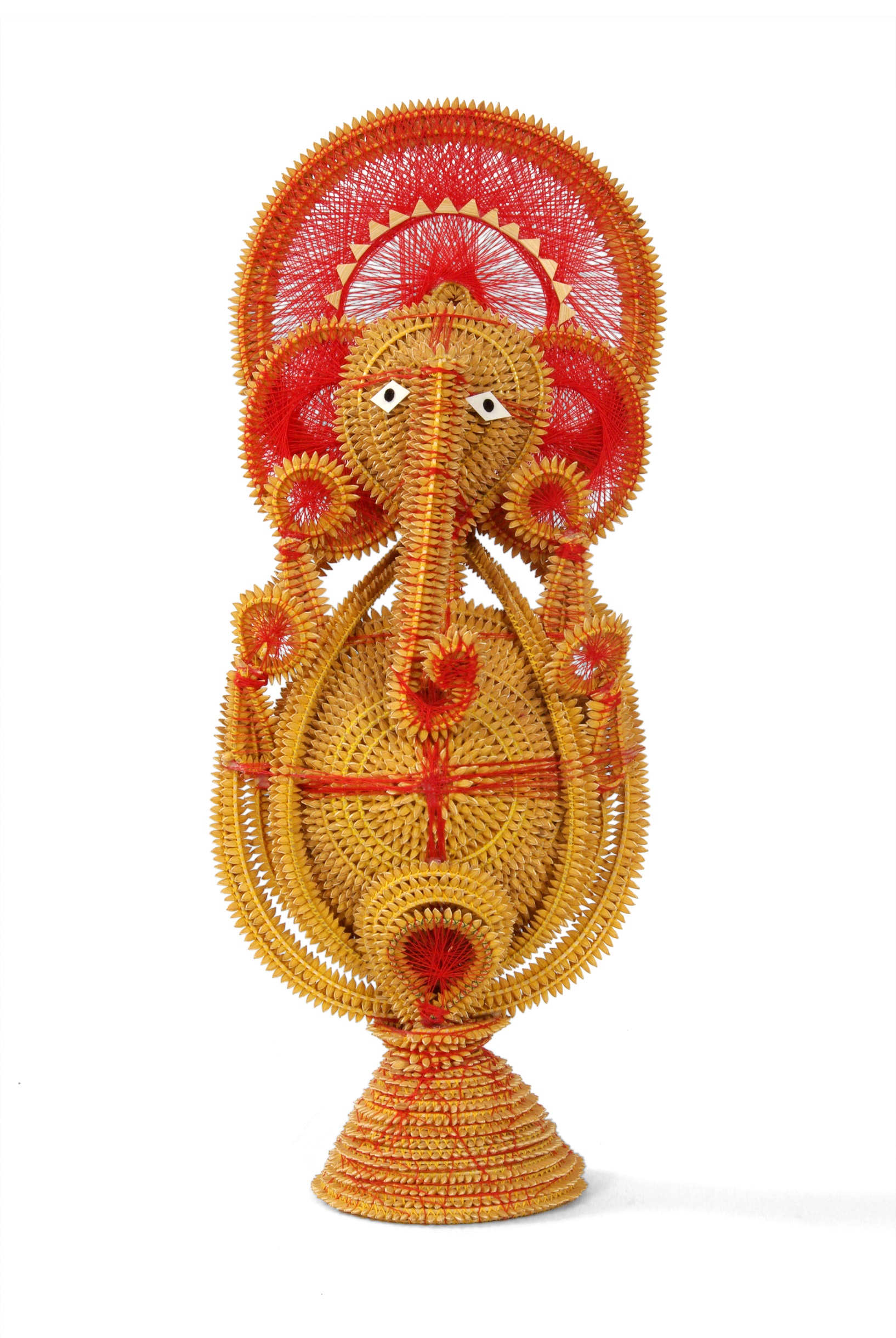
Idol of Ganesh, remover of obstacles in Hindu pantheon.
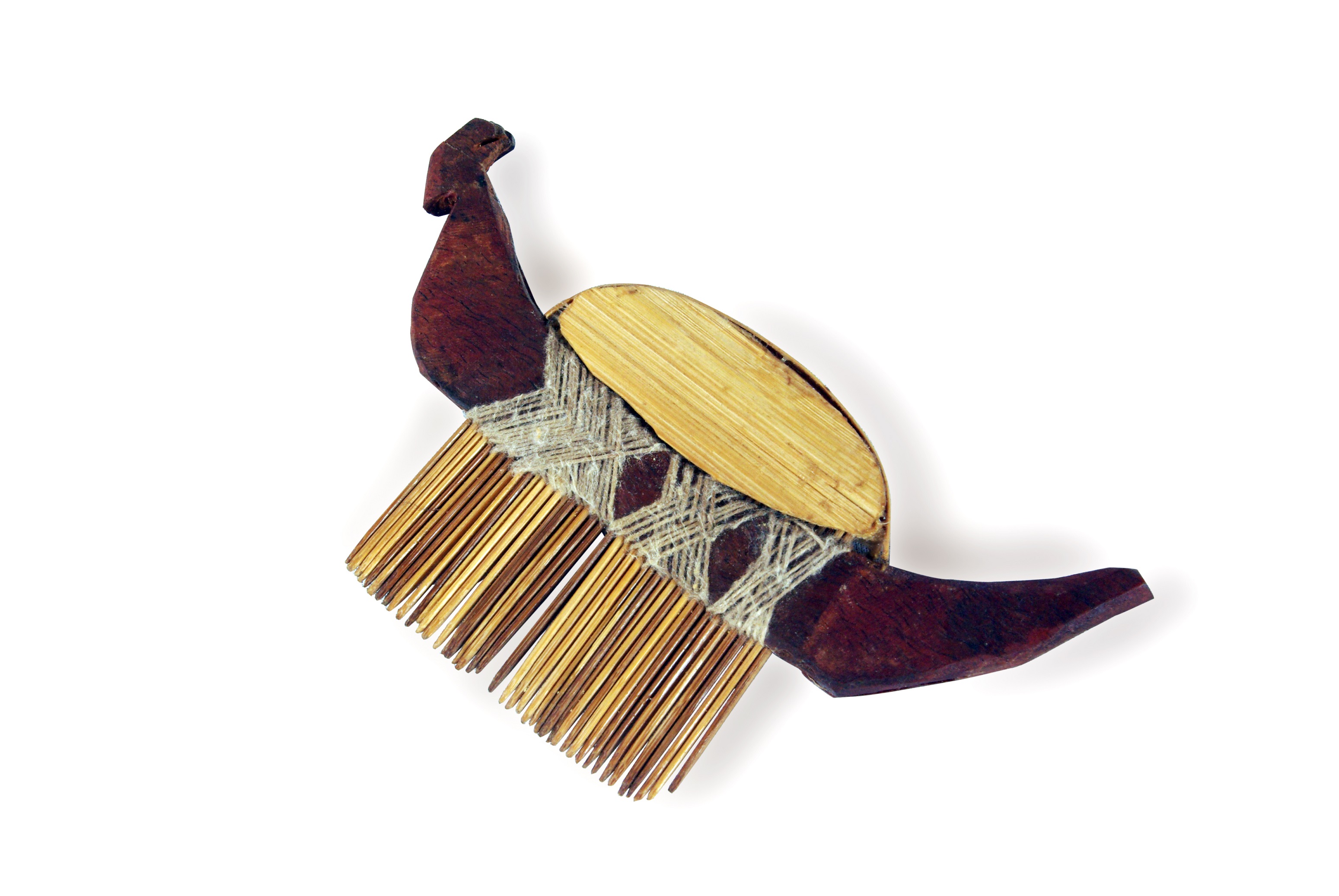
Used as a hairstyling device, this comb is made from bamboo splits and is also exchanged by young lovers as a gift of affection.
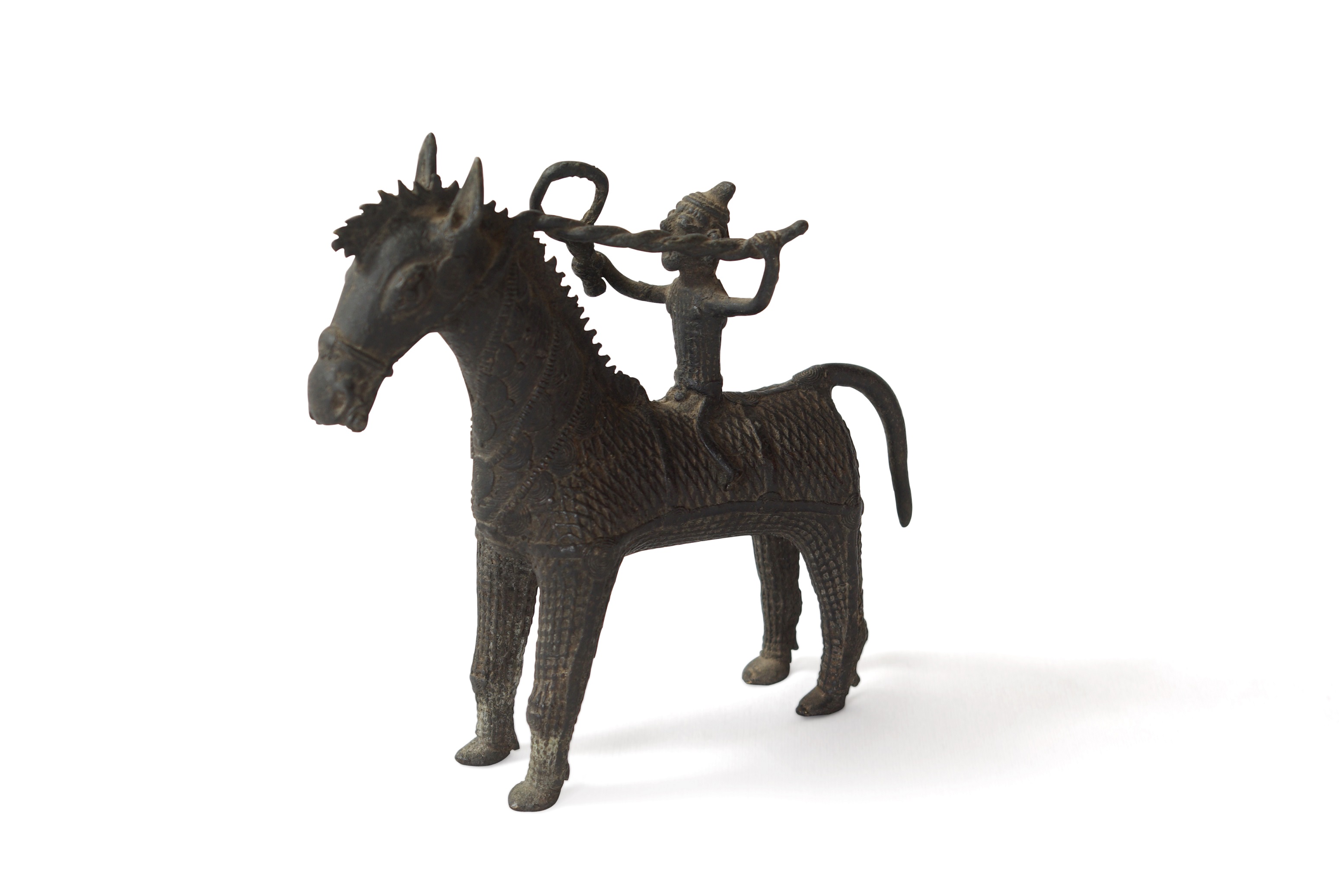
A dhokra figurine of man seated on a horse. This artifact belongs to the Kandha community. Such figurines have either ritual significance or may be decorative in nature.
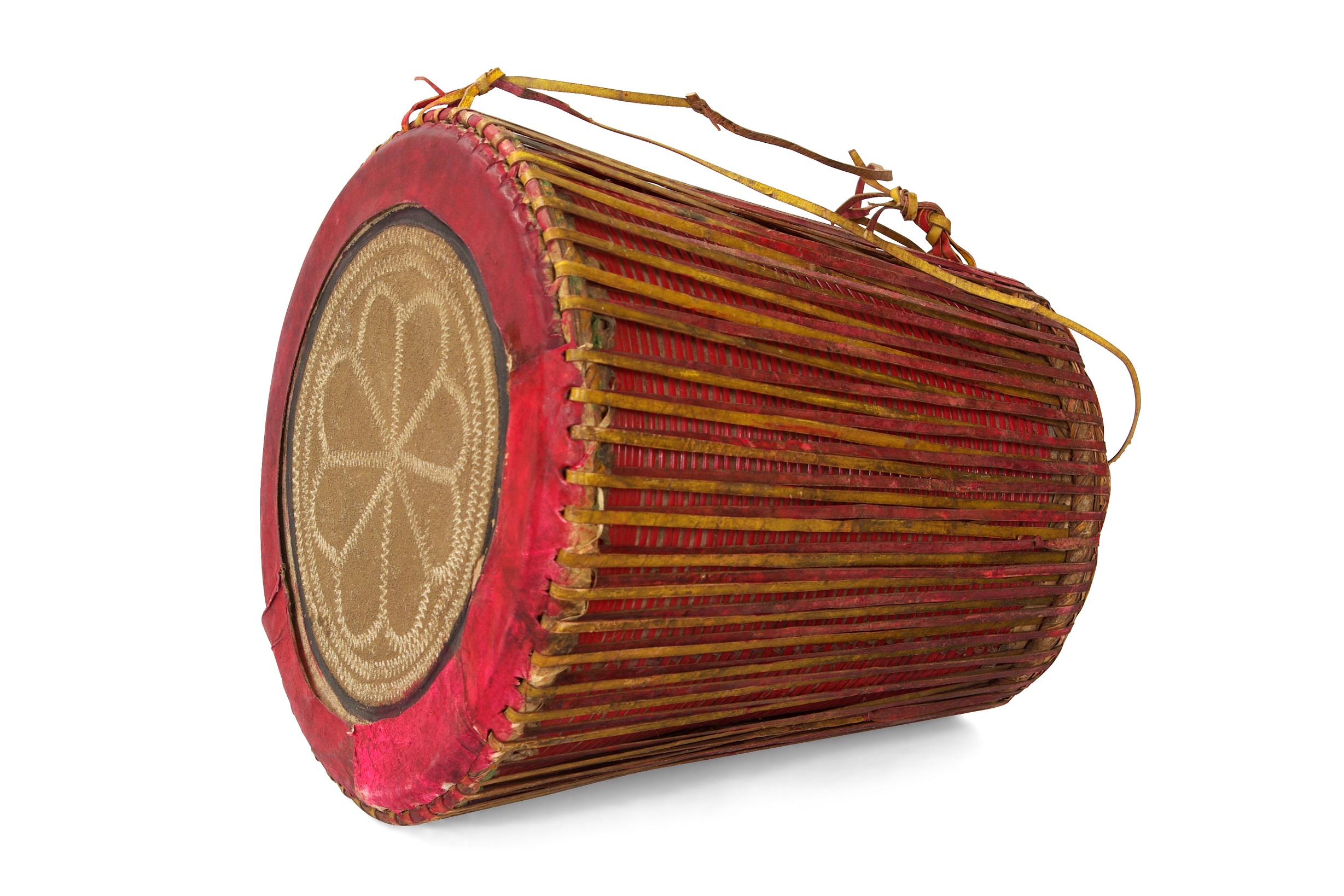
Traditional drum used by several communities, the body is made of wood and the membranes are goat leather, with a layer of mud plaster.
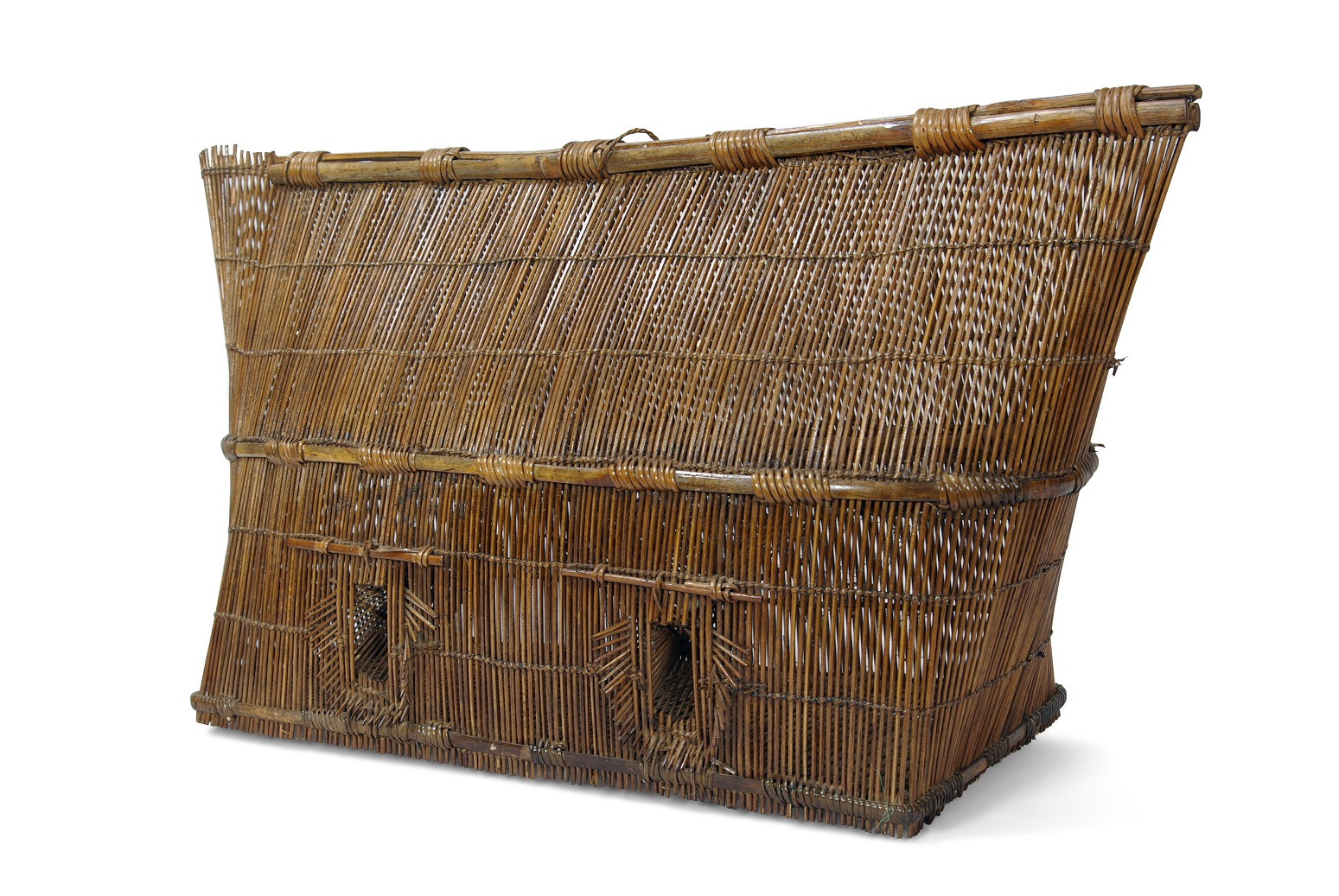
Fish trap made of bamboo split. There are two hatches through which fish can enter this trap but are prevented from escaping due to the arrangement of bamboo splits.
